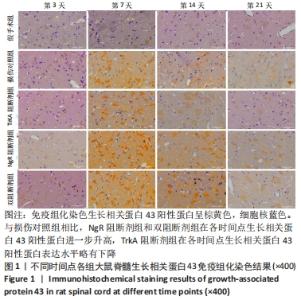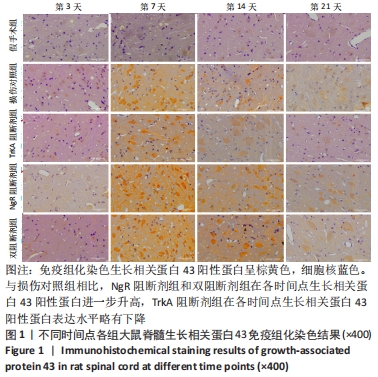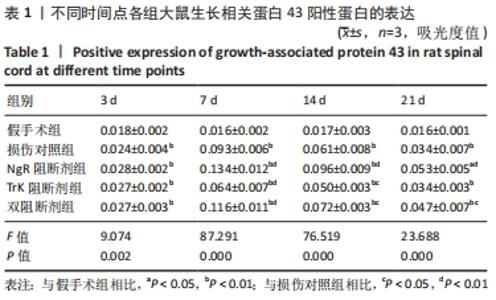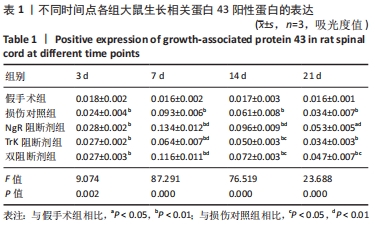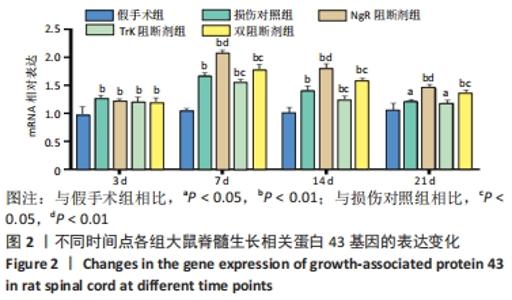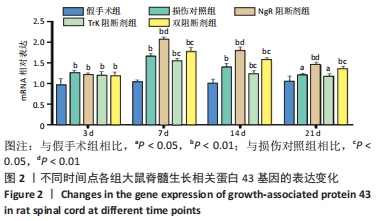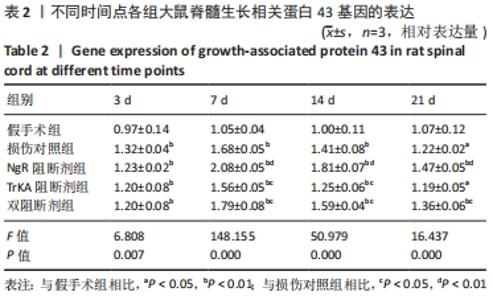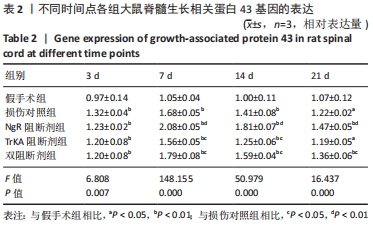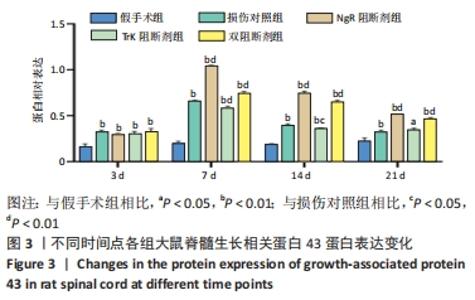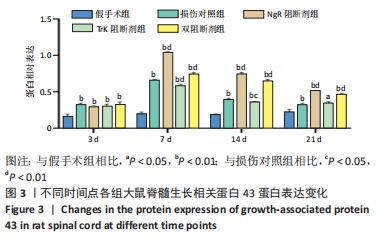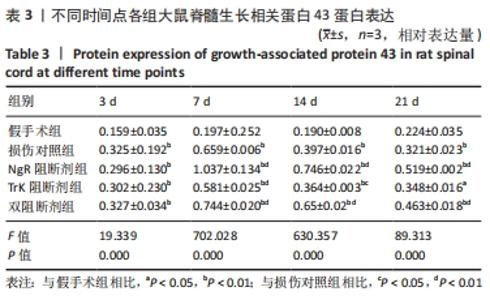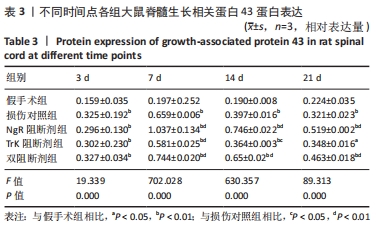[1] 滕海军,王严,谢东, 等. 脊柱脊髓冲击伤的研究进展[J]. 中国脊柱脊髓杂志,2017,27(5):470-473.
[2] GOODES LM, KING GK, REA A, et al. Early urinary tract infection after spinal cord injury: a retrospective inpatient cohort study. Spinal Cord. 2020;58(1):25-34.
[3] KRISHNAN S, KARG PE, BONINGER ML, et al. Association between presence of pneumonia and pressure ulcer formation following traumatic spinal cord injury. J Spinal Cord Med. 2017;40(4):415-422.
[4] Spinal Cord Injury (SCI) 2016 Facts and Figures at a Glance. J Spinal Cord Med. 2016;39(4):493-494.
[5] 陈星月, 陈栋, 陈春慧,等. 中国创伤性脊髓损伤流行病学和疾病经济负担的系统评价[J]. 中国循证医学杂志,2018,18(2):143-150.
[6] 刘俊, 高峰, 李建军. 创伤性脊髓损伤患者的流行病学及住院费用影响因素研究[J].中国康复,2020,35(3):139-142.
[7] 魏嵩,高峰,刘俊,等. 脊髓损伤后居家康复的研究进展[J].中国康复理论与实践,2021,27(2):177-181.
[8] 田婷, 李晓光.脊髓损伤再生修复中的问题与挑战[J].中国组织工程研究,2021,25(19):3039-3048.
[9] 肖志峰, 陈冰, 赵燕南,等. 脊髓损伤再生研究进展——搭建脊髓损伤修复的希望之桥[J].中国科学:生命科学,2019,49(11):1395-1408.
[10] CHUNG D, SHUM A, CARAVEO G. GAP-43 and BASP1 in Axon Regeneration: Implications for the Treatment of Neurodegenerative Diseases. Front Cell Dev Biol. 2020;8:567537.
[11] HUANG R, XIAO H, ZHAO J, et al. GAP-43 is involved in the orientation of cell division by interacting with GΑI during neurogenesis. Int J Neurosci. 2020;130(2):144-152.
[12] DUPUIS L, PEHAR M, CASSINA P, et al. Nogo receptor antagonizes p75NTR-dependent motor neuron death. Proc Natl Acad Sci U S A. 2008;105(2):740-745.
[13] WEN Y, LIU G, JIA L,et al. MicroRNA-141 binds to the nerve growth factor receptor associated protein 1 gene and restores the erectile function of diabetic rats through down-regulating the nerve growth factor/neurotrophin receptor p75 (NGF/p75NTR) signaling. J Cell Biochem. 2018 Nov 13. doi: 10.1002/jcb.28071.
[14] 魏卫兵,邹旨龙,周宾宾,等.脊髓损伤模型大鼠损伤节段的选择:网状Meta分析[J].中国组织工程研究,2019,23(4):650-656.
[15] 魏卫兵,周宾宾,李波霖,等.脊髓损伤大鼠模型造模方式选择的网状Meta分析[J].中国组织工程研究,2019,23(12):1949-1954.
[16] ABOU-MRAD Z, ALOMARI SO, BSAT S, et al. Role of connexins in spinal cord injury: An update. Clin Neurol Neurosurg. 2020;197:106102.
[17] FALLINI C, DONLIN-ASP PG, ROUANET JP, et sl. Deficiency of the Survival of Motor Neuron Protein Impairs mRNA Localization and Local Translation in the Growth Cone of Motor Neurons. J Neurosci. 2016;36(13):3811-3820.
[18] LONCAREVIĆ-VASILJKOVIĆ N, PESIĆ V, TANIĆ N, et al. Changes in markers of neuronal and glial plasticity after cortical injury induced by food restriction. Exp Neurol. 2009;220(1):198-206.
[19] ZHANG L,HUANG Y. Stimulation and conformational change of G(o)alpha induced by GAP-43.Sci China C Life Sci. 2003;46(2):174-183.
[20] HUANG R, ZHAO J, JU L, et al. The influence of GAP-43 on orientation of cell division through G proteins. Int J Dev Neurosci. 2015;47(Pt B):333-339.
[21] 刘苗苗, 金孝岠. 生长相关蛋白和突触素对突触可塑性的影响[J].江西医药,2013,48(2):178-182.
[22] MOCHIDA S. Neurotransmitter Release Site Replenishment and Presynaptic Plasticity. Int J Mol Sci. 2020;22(1):327.
[23] NOCERA G, JACOB C. Mechanisms of Schwann cell plasticity involved in peripheral nerve repair after injury. Cell Mol Life Sci. 2020;77(20): 3977-3989.
[24] MITSIADIS TA, PAGELLA P. Expression of Nerve Growth Factor (NGF), TrkA, and p75(NTR) in Developing Human Fetal Teeth. Front Physiol. 2016;7:338.
[25] ZHOU XF, LI HY. Roles of glial p75NTR in axonal regeneration. J Neurosci Res. 2007;85(8):1601-1605.
[26] TANG BL. Nogo-A and the regulation of neurotransmitter receptors. Neural Regen Res. 2020;15(11):2037-2038.
[27] KELDER T, EIJSSEN L, KLEEMANN R, et al. Exploring pathway interactions in insulin resistant mouse liver. BMC Syst Biol. 2011;5:127.
|
